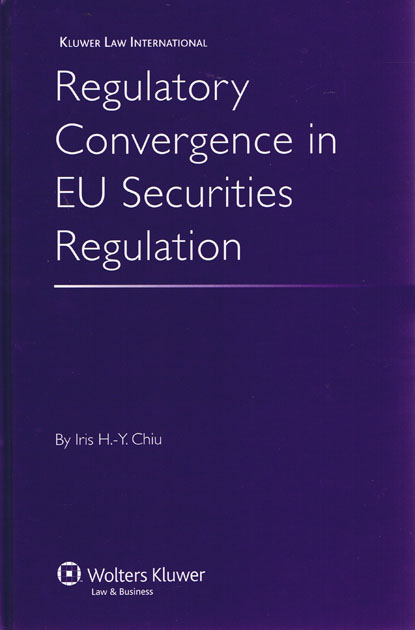
EU securities regulation has embarked on an unprecedented movement towards regulatory convergence, which is seen as necessary to facilitate a single capital market. The relevant new Directives generally provide for comprehensive coverage of regulatory standards, as distinct from the old approach of minimum harmonization. The rationale is that, in order to encourage freedom of movement for issuers, intermediaries and investors, the EU needs to provide a level playing field with a sufficiently robust regulatory regime that is sufficiently comforting to investors. The pursuit seems to envisage a level of similarity in securities regulation in all EU Member States that approximates to uniformity. However, to what extent Member States’ laws should achieve uniformity or near-uniformity is not clearly defined.
This outstanding book offers a new approach to the legal issues raised by the drive for convergence in securities regulation. The author offers a deeply informed and insightful examination of the implications for regulatory and policy design if regulatory convergence were to be rigorously implemented. After setting the development of the idea of regulatory convergence in historical context and defining what the term means, she goes on to investigate the web of legal issues surrounding the concept and its implementation, including the following:-
Although many authorities recognize that there are insufficient systemic features in the current framework to achieve regulatory convergence in EU securities regulation, this book takes a giant step beyond procedural discussion into a deep analysis of the underlying need for legal integrity in this administrative field at the EU level if policy objectives are to be achieved or even clearly argued. It will be of great interest to practitioners and policymakers working in securities, competition, and related fields.